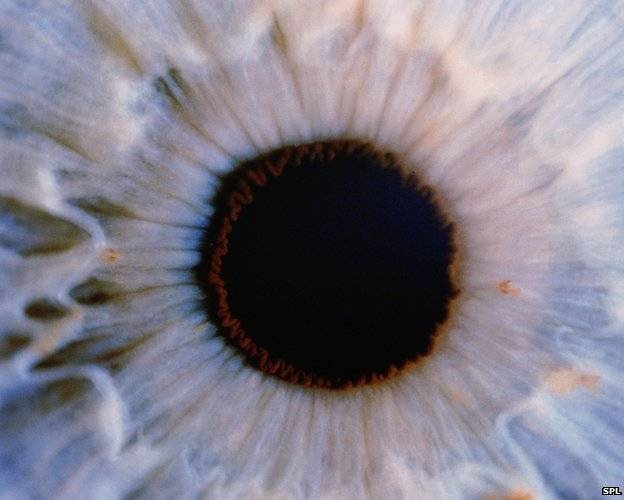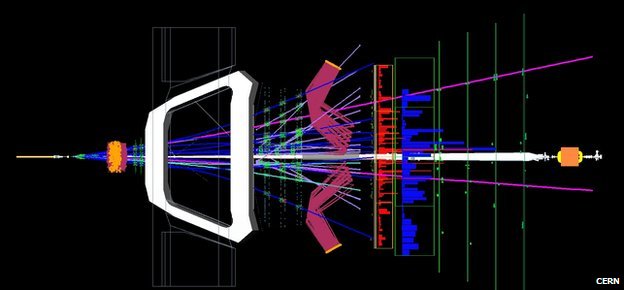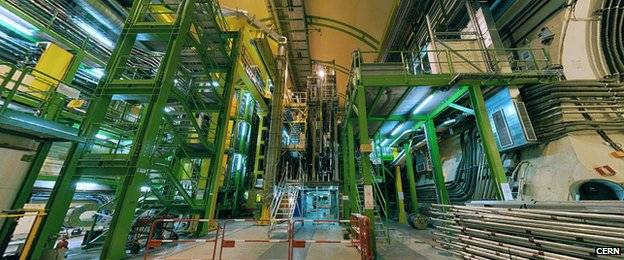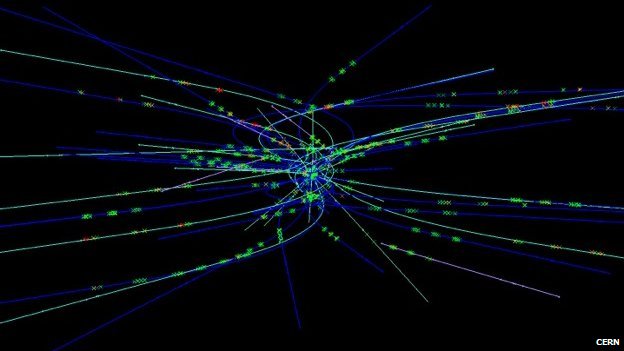JBeukema
Rookie
- Banned
- #1
X Particle Explains Dark Matter and Antimatter at the Same Time | Wired Science | Wired.comMost of what we know about dark matter is that it is mysterious stuff that makes up a quarter of the energy density of the universe, but refuses to interact with regular matter except through gravity. The most popular candidate for dark matter is a theoretical Weakly Interacting Massive Particle, or WIMP, that connects only with the weak nuclear force and gravity, making it undetectable by eyes, radios and telescopes at all wavelengths. Based on current theories, WIMPs are expected to be about 100 times as massive as a proton, and to be their own antiparticle whenever two WIMPs meet up in space, they annihilate each other.
The new theoretical particle is completely different from the WIMP idea, Tulin said. The proposed particle, named simply X, has a separate antiparticle called anti-X. Equal amounts of X and anti-X were created in the Big Bang, and then decayed to lighter particles. Each X decayed into either a neutron or two dark matter particles, called Y and Φ. Every anti-X converted to an anti-neutron or some anti-dark matter.
But the hypothetical X particle would rather decay into ordinary matter than dark matter, so it produced more neutrons than dark matter. Anti-X preferred decaying into anti-dark matter, and so produced more of it.
After all the particles and anti-particles that could find each other collided and eliminated each other, the universe was left with some extra neutrons and a corresponding number of extra anti-dark matter particles.





